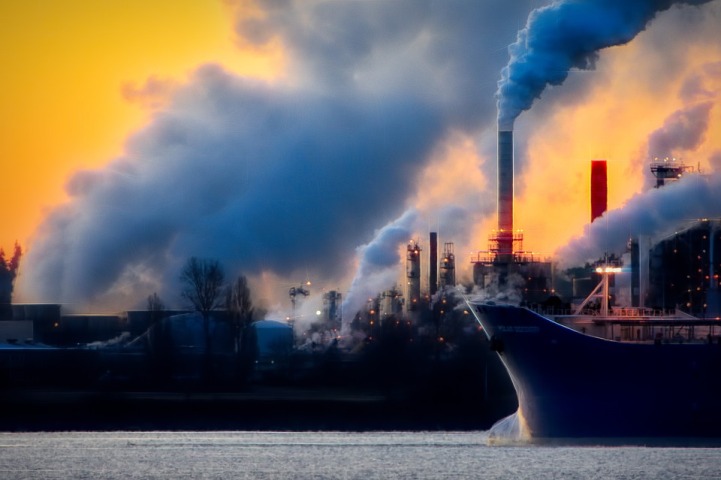Australia's Victoria state commits to halving emissions by 2030
Australia's second-largest state of Victoria on Sunday committed to cut greenhouse gas emissions by up to 50% by 2030, based on 2005 levels, and to power all government operations like schools and hospitals with renewable energy within the next four years. One of the world's largest carbon emitters on a per capita basis, Australia is under mounting pressure to cut greenhouse gas emissions after its center-right federal government failed to match new targets pledged by the United States and others at a global climate summit.

- Country:
- Australia
Australia's second-largest state of Victoria on Sunday committed to cut greenhouse gas emissions by up to 50% by 2030, based on 2005 levels, and to power all government operations like schools and hospitals with renewable energy within the next four years.
One of the world's largest carbon emitters on a per capita basis, Australia is under mounting pressure to cut greenhouse gas emissions after its center-right federal government failed to match new targets pledged by the United States and others at a global climate summit. Calling it an "ambitious" goal, the Victorian government, led by the center-left Labor party, said the medium-term plans were in line with the Paris Agreement on climate change and with new targets announced by U.S. President Joe Biden at last month's global summit.
"These targets are double Australia's national target," Victoria's Environment Minister Lily D'Ambrosio said in a social media post. "Our target stands shoulder to shoulder with President Biden's (and) will reduce emissions and create jobs across the economy – from agriculture to transport to energy." Australia's system of federal and state governments separates responsibility for regulating different services.
As part of the plan, Victoria will spend A$100 million ($77 million) to transform its transport sector, the state's second-biggest source of emissions. It will also offer subsidies of as much as A$3,000 each for up to 20,000 purchases of "zero-emissions vehicles" (ZEV). The government has set a target for ZEVs to account for 50% of all new car sales in the state by 2030.
By comparison, the conservative federal government has pledged to cut greenhouse gas emissions by 26% to 28% from 2005 levels by 2030 and said it would not provide subsidies to spur the growth of cleaner cars. Victoria will also spend close to A$20 million in agriculture carbon credits and in research and trials of new feed to reduce emissions from livestock.
State services like schools, hospitals, police stations, and trains, will be powered with 100% renewable electricity by 2025, an Australian first, Deputy Premier James Merlino said in a statement. The state had cut its emissions by 24.8% based on 2005 levels, and was on track to meet its 2025 target of a cut of 28-to-33%, the statement added. ($1 = 1.2960 Australian dollars)
(This story has not been edited by Devdiscourse staff and is auto-generated from a syndicated feed.)
- READ MORE ON:
- Labor party
- Joe Biden
- U.S.
- Paris Agreement
- United States
- 2025
- Victoria
- Biden
- Australia
- Australian
ALSO READ
Samajwadi Party releases manifesto for 2024 Lok Sabha polls in Lucknow; promises caste-based census by 2025.
Lok Sabha elections: Samajwadi Party releases manifesto, promises caste census by 2025; MSP on crops
Brazil again postpones visa requirements for US, Canada and Australia, this time until 2025
Oscars 2025 ceremony set for early curtain call
'Five Nights at Freddy's' sequel slated for fall 2025










